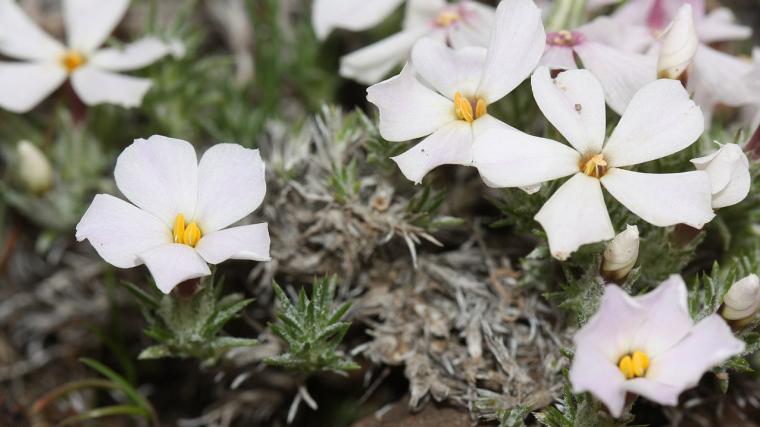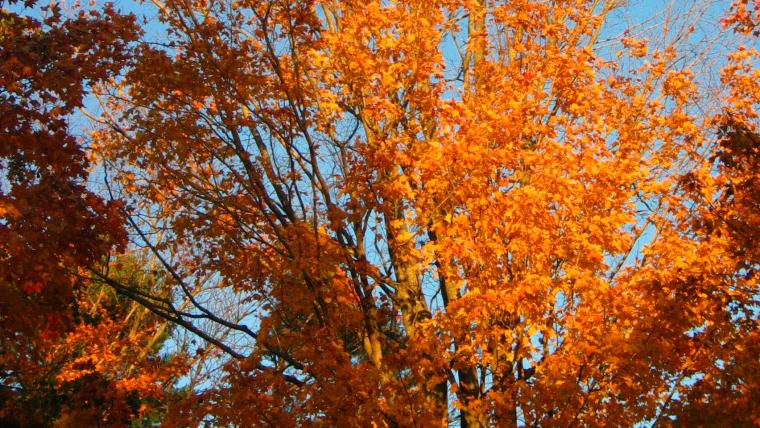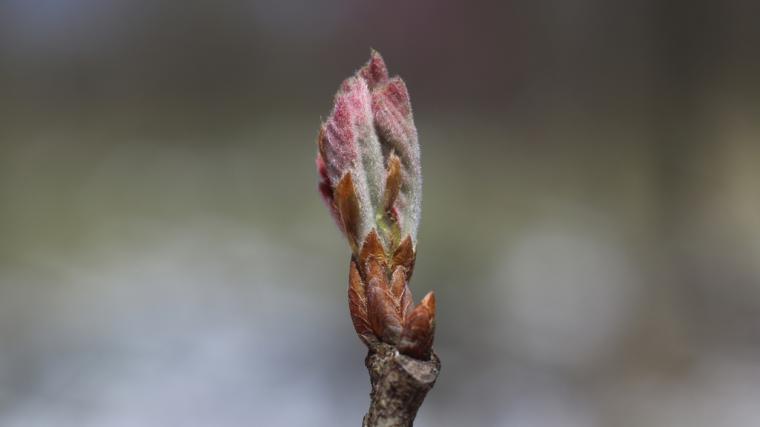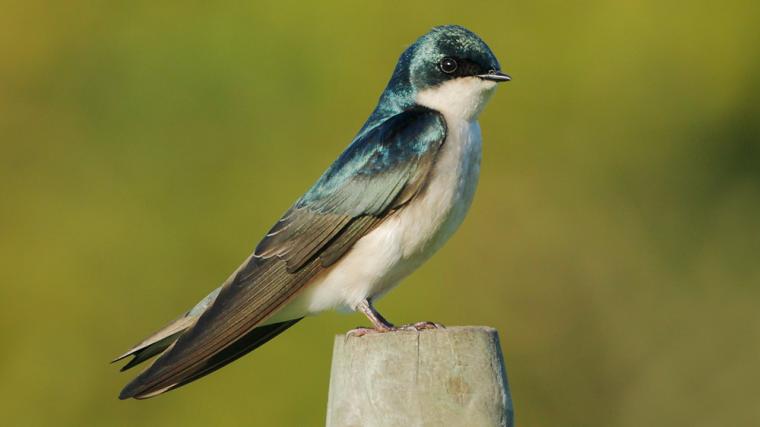
Flowering timing advancing in the Greater Yellowstone Ecosystem
Thu, May 19, 2022
A Wyoming-based research team recently digitized hand-written records of first flowering date collected in Grand Tetons National Park in the 1970s and 80s and collected observations from the same species in the same locations in recent years. Since the 1970s, flowering has advanced in many of the species sampled. Differential changes in the timing of flowering has the potential to affect pollinators and other important animals in the region.








